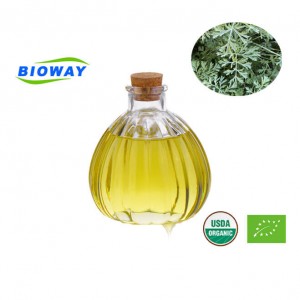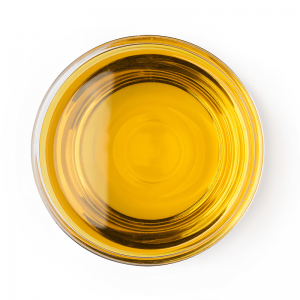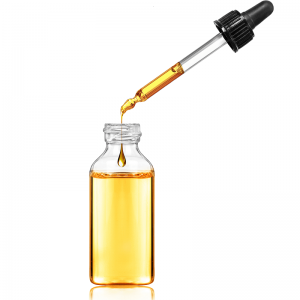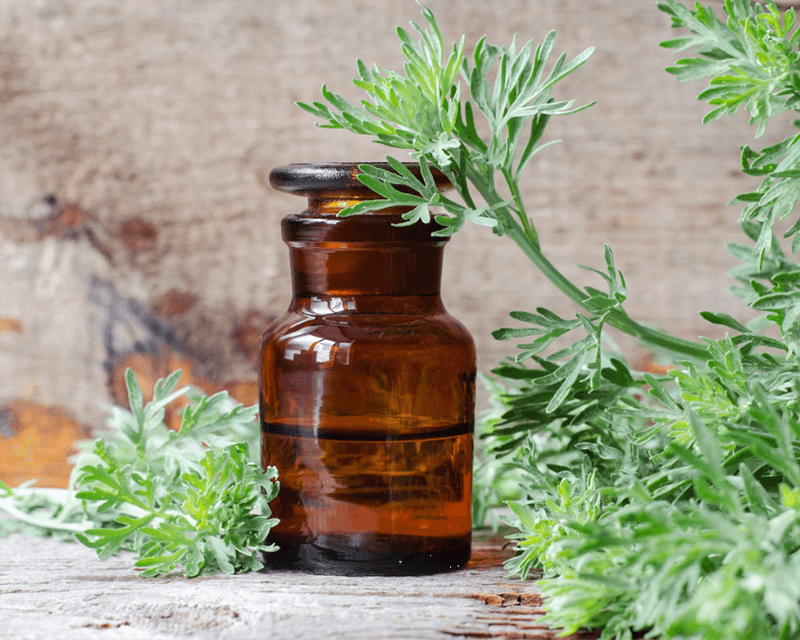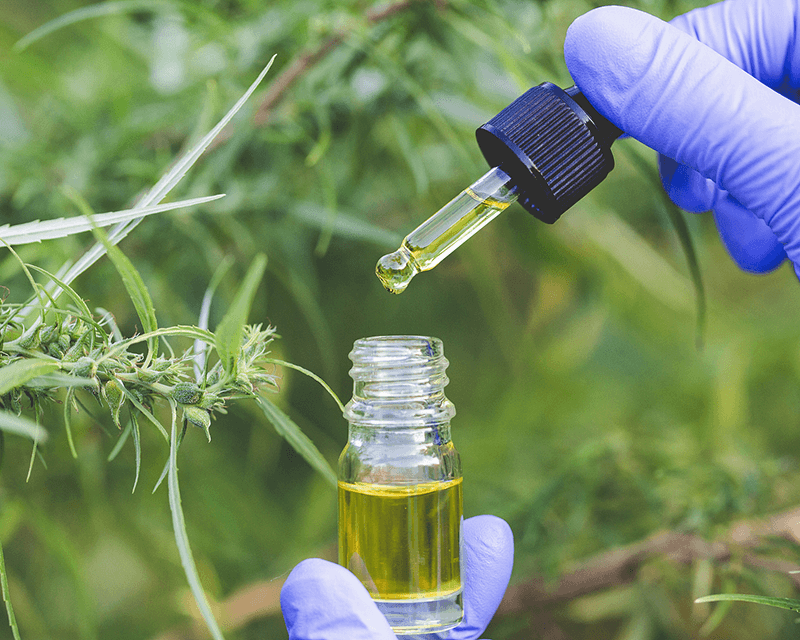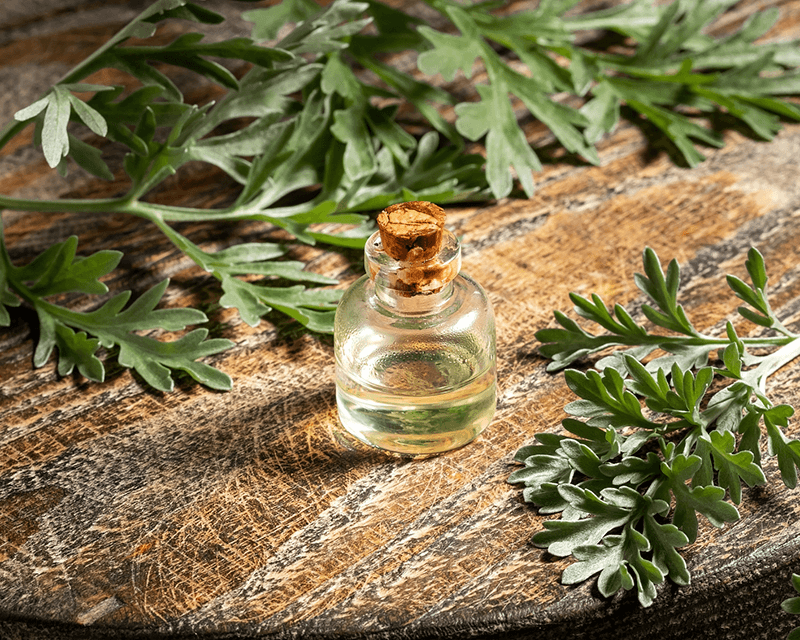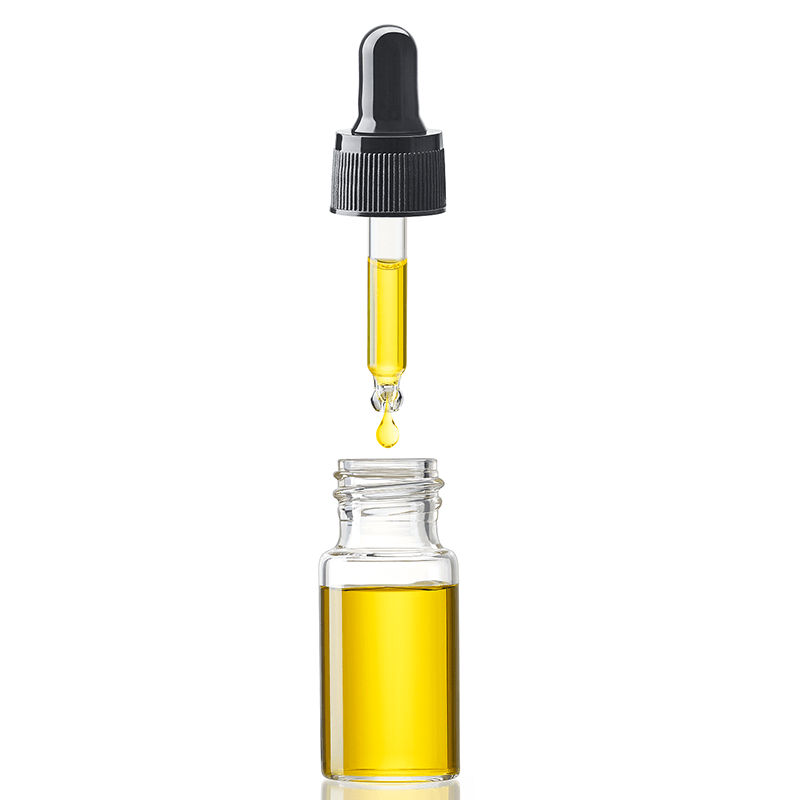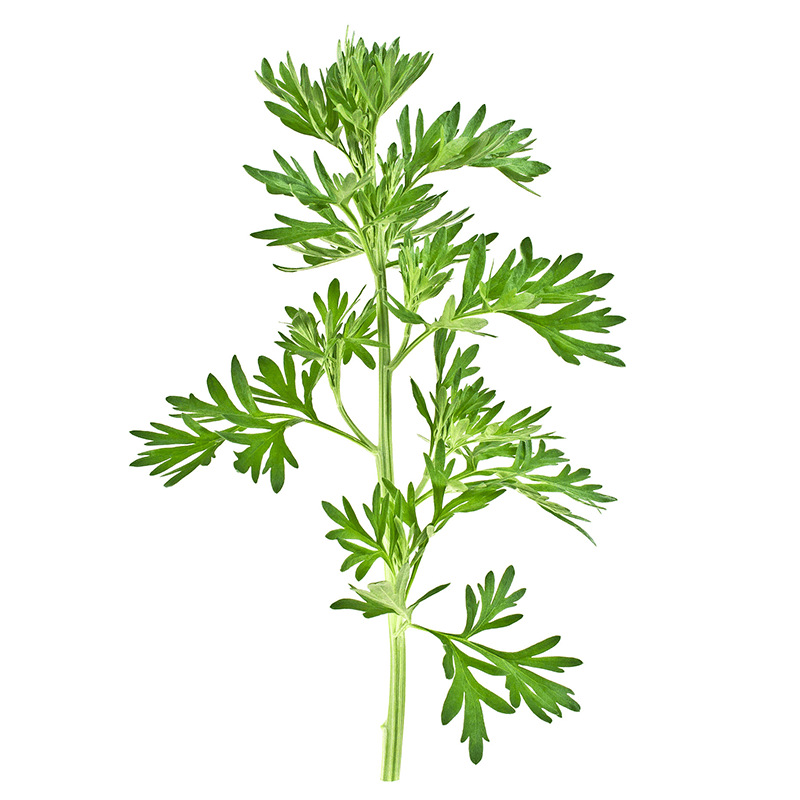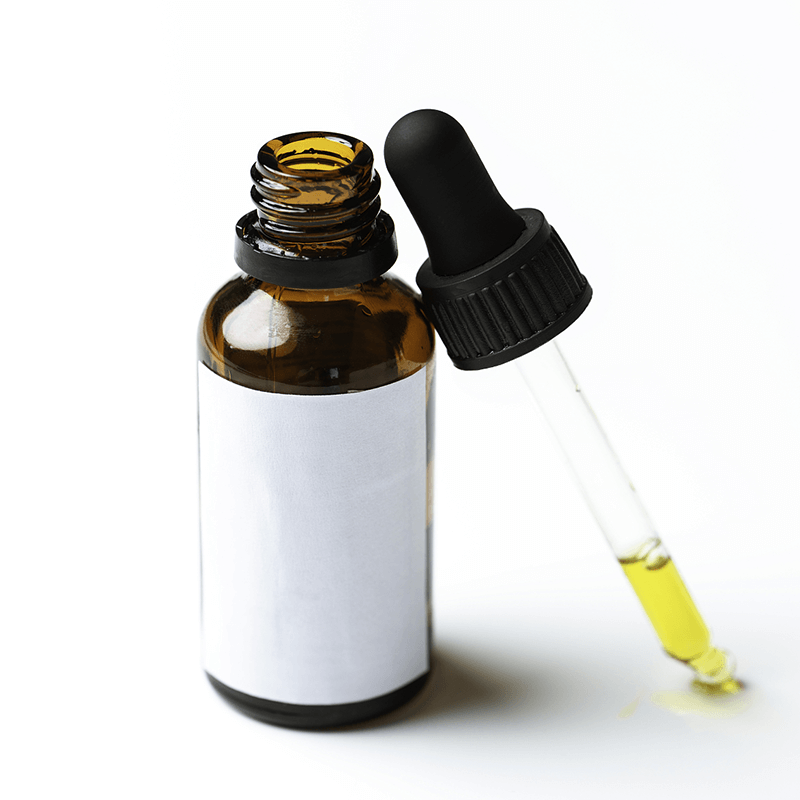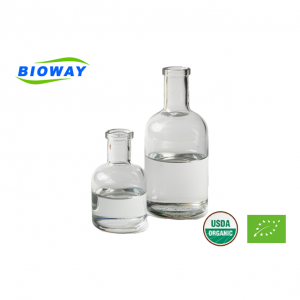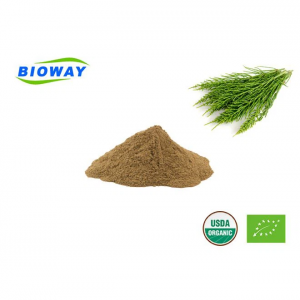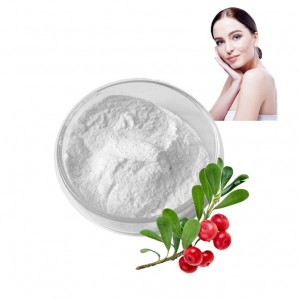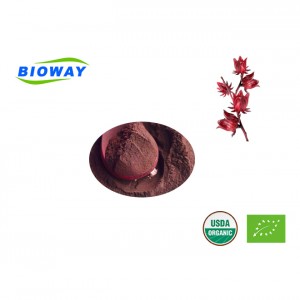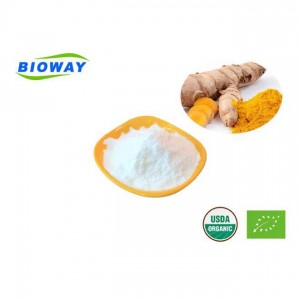High-quality Artemisia Annua Essential Oil
High-quality Artemisia Annua Essential Oil is derived from the Artemisia annua plant, also known as sweet wormwood. It is considered high-quality when it is sourced from plants that are organically grown without the use of harmful pesticides and herbicides.
The extraction method used to obtain the essential oil is also important. Steam distillation is the preferred method as it ensures the preservation of the plant's active compounds and therapeutic properties.
Additionally, a reputable and trustworthy brand that performs rigorous testing to ensure purity and potency is essential. They should provide information about the sourcing, extraction process, and third-party testing results to guarantee the oil's quality.
High-quality Artemisia Annua Essential Oil should have a fresh and herbaceous aroma. Its color can vary from a pale yellow to a greenish hue. It is rich in active compounds such as artemisinin, which is a well-known anti-malarial agent, as well as other beneficial constituents such as sesquiterpenes and flavonoids.
| Item | Value |
| Raw Material | Leaves |
| Supply Type | OEM/ODM |
| Available Quantity | 10000 |
| Place of Origin | China |
| Type | Pure Essential Oil |
| Ingredient | Artemisia Annua |
| Product name | Artemisia Annuae oil |
| Appearance | Yellowish green to a yellowish clear liquid, Relative density |
| Odor | With characters of artemisia aroma, tastes bitter and pungent |
| CAS No. | 8008-93-3 |
| Relative Density | 0.899 ~ 0.919 |
| Refractive Index | 1.4665 ~ 1.477 |
| Part Typically Used | leaves |
Here are some high-quality Artemisia Annua Essential Oil product features:
Organic and Ethically Sourced: Look for oils that are extracted from organically grown Artemisia annua plants without the use of pesticides or synthetic chemicals. Ethical sourcing ensures sustainable practices.
Purity and Authenticity: High-quality essential oils should be 100% pure, without any fillers, additives, or synthetic fragrances. Look for oils that are tested for purity and authenticity, preferably through third-party lab testing.
Proper Extraction Method: Artemisia Annua Essential Oil should be extracted using the steam distillation method. This method preserves the integrity of the active compounds and ensures the highest therapeutic quality.
Transparent Sourcing and Manufacturing: A reputable brand should provide information about the sourcing of their plants, including details about regions and cultivation practices. Transparent manufacturing processes, including quality controls and testing, should also be disclosed.
High Concentration and Potency: Look for oils that are highly concentrated to ensure their effectiveness and therapeutic benefits. High-quality Artemisia Annua Essential Oil should have a strong, distinct aroma and be rich in its active compounds.
Sustainable Packaging: Eco-friendly packaging, such as dark glass bottles, can help protect the oil from degradation caused by light exposure. This ensures the oil's longevity and effectiveness.
Remember to choose reputable brands that prioritize quality, transparency, and sustainability. These features will help ensure that you are getting a high-quality Artemisia Annua Essential Oil product.
Here are some potential health benefits associated with the use of high-quality Artemisia Annua Essential Oil:
Antimicrobial Properties: Artemisia Annua Essential Oil has shown strong antimicrobial activity against bacteria, viruses, fungi, and parasites. It may help inhibit the growth of harmful microorganisms and support overall immune system health.
Anti-inflammatory Effects: This essential oil contains compounds that possess anti-inflammatory properties, which may help reduce inflammation in the body. It has the potential to alleviate symptoms associated with inflammatory conditions such as arthritis and allergies.
Antioxidant Activity: The active compounds in Artemisia Annua Essential Oil, including flavonoids and terpenoids, exhibit antioxidant properties. Antioxidants help neutralize free radicals in the body and protect cells from oxidative stress, potentially reducing the risk of chronic diseases.
Digestive Support: Artemisia Annua Essential Oil may aid digestion by promoting the production of digestive enzymes and reducing gastrointestinal discomfort. It can also help alleviate symptoms of indigestion, bloating, and flatulence.
Antispasmodic Properties: The oil may possess antispasmodic effects that help relax muscles and relieve muscle spasms. It can potentially relieve tension in the muscles and alleviate menstrual cramps.
Skin Health: Artemisia Annua Essential Oil contains compounds that have demonstrated anti-inflammatory and antioxidant properties. When properly diluted and used topically, it may help soothe irritated skin, reduce redness, and promote skin healing.
High-quality Artemisia Annua Essential Oil can be applied in various fields for its potential therapeutic benefits. Here are some common application fields:
Aromatherapy: Artemisia Annua Essential Oil is commonly used in aromatherapy practices. It can be diffused using an essential oil diffuser to create a calming and soothing environment. Inhalation of the oil's aroma may help promote relaxation, relieve stress, and improve mood.
Massage Therapy: Diluted Artemisia Annua Essential Oil can be used for massage therapy. When blended with a carrier oil (such as jojoba oil or sweet almond oil), it can be applied topically to the skin for a soothing and relaxing massage. This may help relieve muscle tension, reduce inflammation, and promote overall well-being.
Personal Care Products: Due to its potential benefits for the skin, Artemisia Annua Essential Oil can be incorporated into various personal care products. It may be added to skin care formulations such as creams, lotions, and serums to help soothe irritation, promote a healthy complexion, and support skin healing.
Natural Perfumery: The aromatic profile of Artemisia Annua Essential Oil makes it suitable for use in natural perfumery. Its herbal and earthy scent can add depth and complexity to perfumes, colognes, and other scented products.
Herbal Remedies: Artemisia Annua Essential Oil can be used in herbal remedies and natural medicine. It may be used in homemade preparations such as herbal tinctures, salves, or teas to support immune function, alleviate digestive issues, reduce inflammation, and address other specific health concerns.
It is important to note that as a highly concentrated oil, Artemisia Annua Essential Oil should be properly diluted before topical use and used in moderation.
Additionally, it is advisable to purchase high-quality oil from reputable sources to ensure purity and efficacy.
Here's a simplified flow chart outlining the high-quality Artemisia Annua Essential Oil production process:
Cultivation:
Select and prepare a suitable land area for growing Artemisia Annua plants.
Sow the seeds or plant the seedlings in nutrient-rich soil and provide adequate watering and sunlight.
Apply proper organic farming practices to ensure the plant's health and minimize the use of chemicals.
Harvesting:
Monitor the growth of the Artemisia Annua plants and wait for them to reach maturity.
Harvest the plants when they are in full bloom to maximize essential oil content.
Cut the plants near the base, leaving enough stem for handling.
Drying:
Bundle the harvested Artemisia Annua plants and hang them upside down in a well-ventilated drying area.
Allow the plants to air dry naturally, protected from direct sunlight.
Continuously monitor the drying process until the plants are completely dry, ensuring no moisture remains.
Extraction:
Once the plants are dry, separate the leaves and flowers from the stems.
Use a steam distillation method to extract the essential oil from the plant material.
Subject the plant material to steam distillation under controlled temperature and pressure conditions.
Collect the condensed vapor, which contains the essential oil, and separate it from the water.
Testing and Quality Control:
Conduct comprehensive testing to ensure the purity, potency, and quality of the essential oil.
Utilize Gas Chromatography-Mass Spectrometry (GC-MS) analysis to ensure the chemical composition meets the desired standards.
Perform sensory evaluations to assess the aroma, color, and other physical characteristics of the essential oil.
Bottling and Packaging:
Transfer the high-quality Artemisia Annua Essential Oil into glass bottles to maintain its integrity and prevent contamination.
Label each bottle with essential details such as product name, date of manufacture, batch number, and usage instructions.
Package the bottles securely to protect them during storage and transportation.
Storage and Distribution:
Store the bottled essential oil in a cool, dark, and dry location to preserve its quality and extend its shelf life.
Ensure proper inventory management and fulfillment processes to meet customer demands promptly.
Distribute the high-quality Artemisia Annua Essential Oil to authorized retailers, resellers, or directly to customers.
It's worth noting that the production process may vary slightly between different producers, but this flowchart provides a general understanding of the steps involved in producing high-quality Artemisia Annua Essential Oil.

Storage: Keep in a cool, dry, and clean place, Protect from moisture and direct light.
Bulk Package: 25kg/drum.
Lead Time: 7 days after your order.
Shelf Life: 2 years.
Remark: Customized specifications also can be achieved.
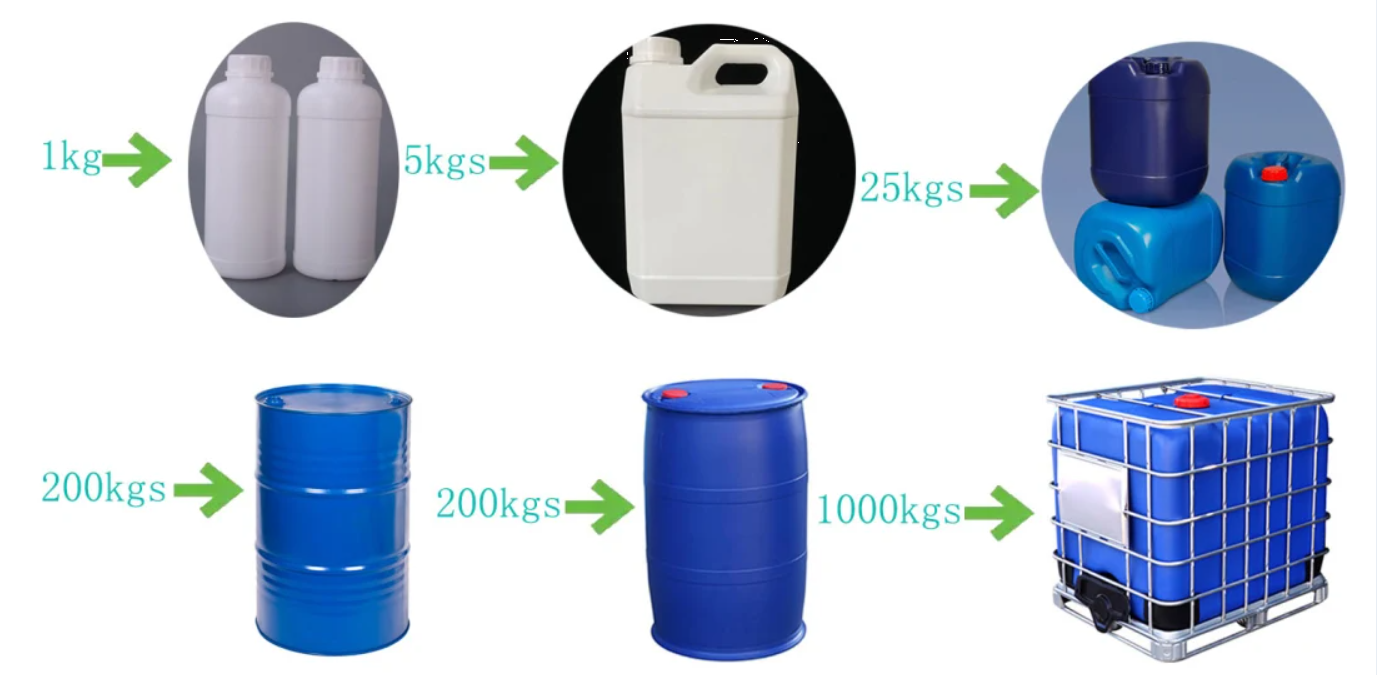
Express
Under 100kg, 3-5Days
Door to door service easy to pick up the goods
By Sea
Over300kg, Around 30 Days
Port to port service professional clearance broker needed
By Air
100kg-1000kg, 5-7Days
Airport to airport service professional clearance broker needed

High-quality Artemisia Annua Essential Oil is certified by USDA and EU organic, BRC, ISO, HALAL, KOSHER, and HACCP certificates.

While Artemisia Annua Essential Oil has several potential benefits, it's important to be aware of its possible disadvantages:
Skin Sensitivity: Essential oils, including Artemisia Annua Essential Oil, can cause skin irritation or allergic reactions in some individuals. It is recommended to perform a patch test on a small area of skin before applying it to a larger area, especially if you have sensitive skin.
Photosensitivity: Some essential oils, including Artemisia Annua Essential Oil, may increase sensitivity to sunlight or UV rays, leading to skin reactions or sunburn. It is advisable to avoid direct sun exposure or use sunscreen after applying the oil topically.
Potential Toxicity: When used inappropriately or in excessive amounts, essential oils can be toxic. Ingesting Artemisia Annua Essential Oil can be dangerous and should only be done under the guidance of a qualified healthcare professional.
Interactions with Medications: Essential oils, including Artemisia Annua Essential Oil, may interact with certain medications. It is important to consult with a healthcare professional if you are taking any medications before using essential oils.
Not Suitable for Pregnant or Nursing Women: Some essential oils, including Artemisia Annua Essential Oil, are not recommended for use by pregnant or nursing women. It is advised to consult with a healthcare professional before using any essential oils during pregnancy or while breastfeeding.
Not Regulated by FDA: Essential oils, including Artemisia Annua Essential Oil, are not regulated by the United States Food and Drug Administration (FDA). This means that the quality, purity, and safety of essential oils can vary among different brands and suppliers. It is important to purchase from reputable sources and follow proper usage guidelines.
It is always advisable to conduct thorough research, consult with healthcare professionals, and follow appropriate guidelines when using essential oils, including Artemisia Annua Essential Oil.
To identify high-quality Artemisia Annua Essential Oil, consider the following factors:
Purity and Authenticity:
Look for essential oils that are pure and free from additives, adulterants, or synthetic fragrances.
Check if the oil is labeled as 100% pure Artemisia Annua Essential Oil without any dilution or blending with other oils.
Verify the authenticity by purchasing from reputable and trustworthy suppliers.
Sourcing and Cultivation:
Choose oils that are sourced from reputable farms or regions known for cultivating high-quality Artemisia Annua plants.
Look for organic or wildcrafted oils to ensure no exposure to harmful pesticides or chemicals during cultivation.
Extraction Method:
Steam distillation is the preferred method for extracting Artemisia Annua Essential Oil, as it retains the natural compounds and therapeutic properties.
Avoid oils that are extracted using chemical solvents, as they may diminish the quality and purity of the oil.
Aroma and Color:
High-quality Artemisia Annua Essential Oil should have a strong, distinct, and characteristic herbal aroma.
The color of the oil can vary, but it should generally be pale yellow to greenish-yellow in color.
Source Documentation and Testing:
Request information from the supplier regarding the source of the Artemisia Annua plants and extraction process.
Look for essential oil brands that conduct rigorous testing, such as GC-MS analysis, to verify the chemical composition and purity of the oil.
Some suppliers may provide third-party testing reports or certifications to validate their product's quality.
Reputation and Reviews:
Consider the reputation of the brand or supplier by checking customer reviews, testimonials, and ratings.
Feedback from other customers can provide insights into the quality and effectiveness of the Artemisia Annua Essential Oil they have experienced.
It's important to note that these indicators can assist in identifying high-quality Artemisia Annua Essential Oil, but ultimately, personal experience and experimentation may be necessary to find the oil that works best for you.


